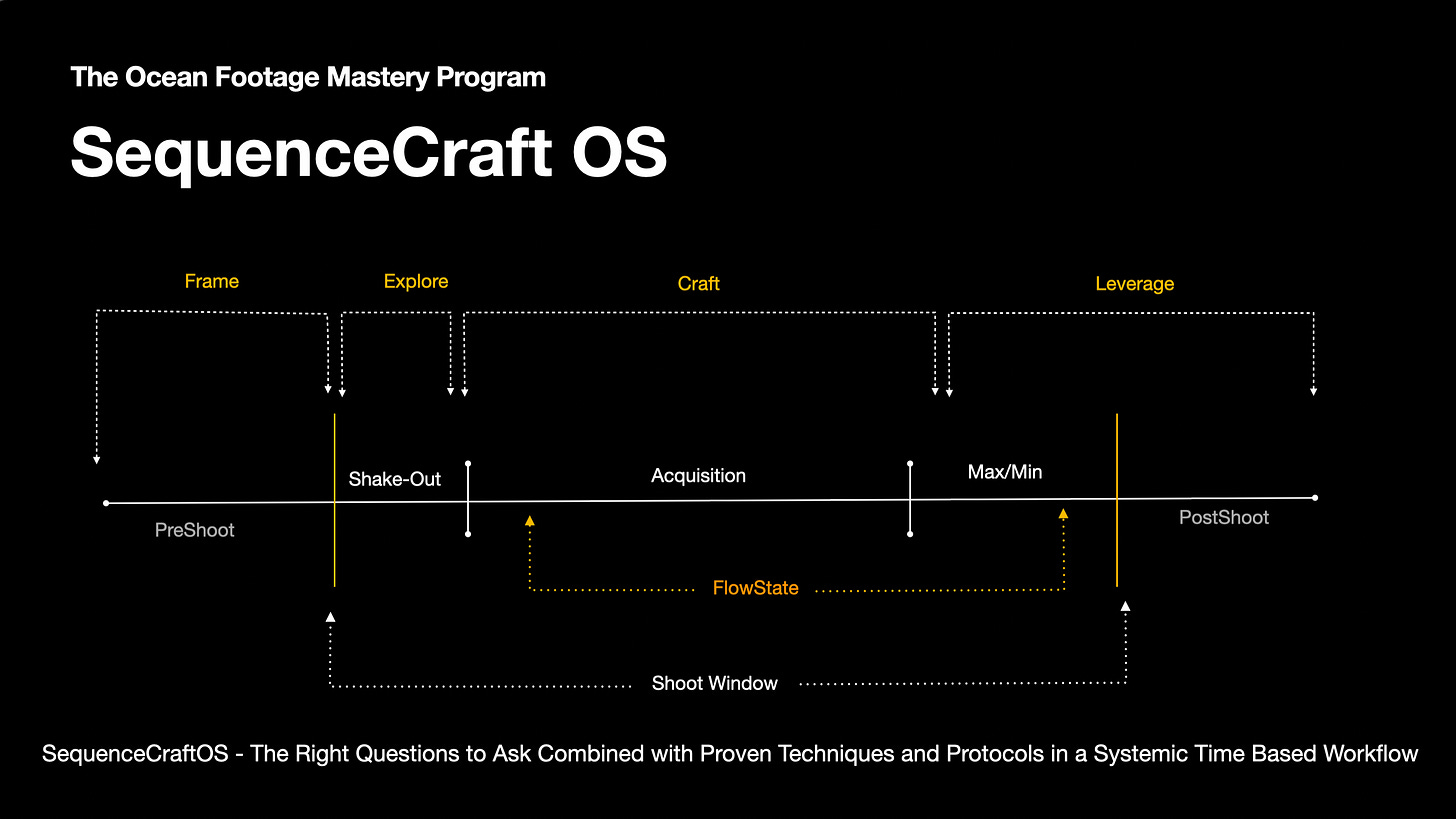A Recursive Framework I use to Up my Game and Push the Limits of My Craft.
Applying the Viable Systems Model to Wildlife Cinematography
Recursion is a great concept. Derived from the Latin verb recurrere, to run back, it has found application in a diverse range of disciplines, from computer science to biology to systems thinking.
Recursion refers to the phenomenon where fundamental patterns, structures, or processes repeat themselves across different scales and levels of reality - from the quantum to the cosmic, from the biological to the social.
Examples of recursion in the physical domain would be as follows.
Fractals in nature: Coastlines, mountains, and tree branches exhibit similar branching patterns at multiple scales
Turbulence: Vortices within vortices within vortices in fluid dynamics
Galactic structures: Solar systems → star clusters → galaxies → galaxy clusters
I first came across the concept of recursion while studying Systems Theory, specifically Stafford Beer's concept of the Viable Systems Model (VSM).
This model applies the concepts of cybernetics and systems theory to business management, creating a framework for understanding how viable business systems maintain themselves.
To excel as a wildlife cinematographer, one has to become highly skilled at delivering rushes on a shoot that delights your producer, your editor, and ultimately your audience.
Applying the VSM model to wildlife cinematography led me to come up with the following four-stage recursive framework:
1. FRAME - Define the Mission
Clarify shoot objectives and narrative intention
Identify key species, desired behaviours, and emotional tone
Plan the story structure and the equipment needed to deliver on the ambition
2. EXPLORE - Test Assumptions
Ground assumptions in actual conditions on location
Observe animal behaviour and patterns
Build a local network to help maximise time on target
3. CRAFT - Execute on the Sequence
Capture structured, editorially powerful footage
Build sequences with shot variety, narrative clarity, and audience impact
4. LEVERAGE - Maximise the Outcome
Consistently review footage and identify gaps
Make decisions to go for gold or play it safe
Reflect, refine, and align performance for the next day or future shoots.
This four-stage process is recursive, allowing for daily use on a three-week shoot and application across the entire three-week window, as illustrated in the image above.
Watch any wildlife cinematographer who has worked consistently in the industry, and you will see them operating broadly in alignment with this protocol, whether they are conscious of it or not.
This recursive framework is one of the systematic approaches I teach in the Ocean Footage Mastery Program. From mission planning to leveraging outcomes, these frameworks empower average shooters to become consistently world-class. Find out more at oceanfootagemastery.com


